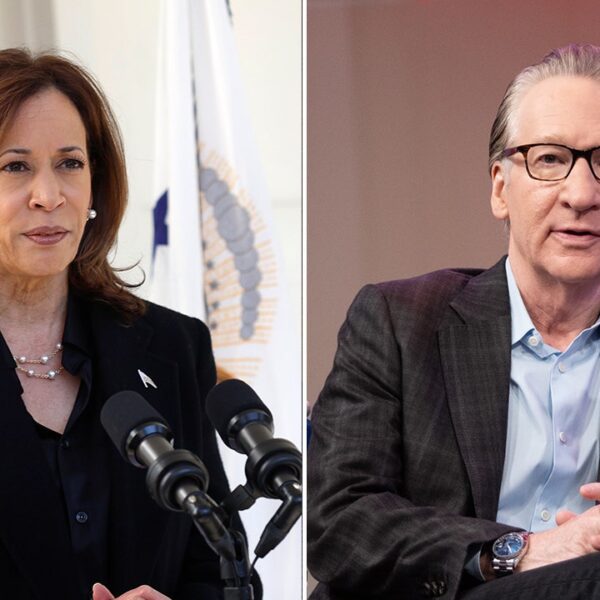Escalating geopolitical tensions and a new administration with a hawkish defense agenda has led many startups to embrace dual-use strategies to secure revenue through military applications. And it’s a trend that is already heating up in aerospace.
Just look at Archer Aviation, a California-based startup building eVTOLs (electric vertical takeoff and landing vehicles). Until very recently, Archer’s main go-to-market strategy was to launch air taxi networks across several cities in the U.S. and abroad.
Now, Archer’s focus is more acutely on defense. And it’s attracting fresh capital to further that mission.
The company, which went public in September 2021 in a special purpose acquisition merger, on Tuesday announced a $300 million equity raise from institutional investors like Blackrock and Wellington, bringing Archer’s total funding to around $3.36 billion. This fresh capital comes off the back of a $430 million round in December to fund its new Archer Defense program.
As part of that program, Archer signed an exclusive deal with weapons manufacturer Anduril to jointly develop a hybrid gas-and-electric-powered VTOL aircraft for critical defense applications. Together, the two are targeting a program of record from the Department of Defense, which is a budgeted acquisition program with guaranteed funding over a set period.
“As we dug into the work we were doing on the defense front, we realized that the market was a lot larger than we initially expected, both in terms of scope as well as timing,” Nikhil Goel, Archer’s chief commercial officer, told TechCrunch.
“We’re the only company in the space that I think is targeting a sizable defense program of record,” Goel continued. “So we really want to be strategic with the investments we’re making and go full steam ahead on this.”
Rivals in the space like Joby Aviation and Beta Technologies also have military contracts to test their aircraft for surveillance, logistics, and reconnaissance missions. Archer has its own such contracts with the military, but what it’s chasing now via the program of record is guaranteed funding, a path to scale, and a serious competitive moat.
Goel confirmed that the $300 million from investors will mainly be used to accelerate the work Archer is doing with Anduril to build a hybrid VTOL, though he didn’t share any updates on the company’s bid with the DOD.
Archer’s decision comes at a moment of industry momentum.
The Trump administration has vowed to “rapidly field emerging technologies” like AI, drones, and counter-drone systems to modernize the military. For eVTOLs, the very qualities that make them perfect for urban and regional flight are also attractive for defense use cases.
Cruising at 300 feet, Archer Aviation’s electric aircraft, Midnight, makes less noise than a passing car on the highway. In an urban environment, it blends into other transportation sounds in a way that helicopters cannot.
“The sound profile is why we are so well positioned to [build aircraft] for defense,” Goel said. “If you look at the traditional helicopters that the defense industry uses, they’re very loud and have very noticeable heat signatures. And so that makes helicopters not a great fit for more discrete missions.”
Archer’s Midnight is built with 12 sets of engines and propellers – six in the front, six in the back. That distributed propulsion among smaller rotors that spin slightly slower, rather than a single large main rotor and tail rotor that operate at high speeds, creates much less noise.
VTOLs are also designed to transition from a vertical lift to a winged horizontal flight like an airplane. When in forward flight, the Midnight generates all the lift from the wing, rather than from downward thrust, which also reduces overall rotor noise, Archer’s CEO and founder Adam Goldstein told TechCrunch during a recent flight demonstration.
Archer’s path to commercialization

While Archer is gunning to supply the defense industry with aircraft, the company still intends to launch its first limited commercial air taxi network in late 2025 in the United Arab Emirates.
In 2026, Archer says it will expand air taxi services to several other cities and countries, including Los Angeles, San Francisco, New York, South Korea, and India. The company has partnered with major airlines to facilitate air taxi networks like United, Southwest, and IndiGo, and in November 2024, a joint venture from Japan Airlines and Sumitomo conditionally agreed to purchase up to $500 million of electric aircraft from Archer.
2026 isn’t that far away, and Archer has pushed out its timelines before. That’s partly because Archer is still working towards validating the safety of its eVTOLs and securing the necessary certification from the Federal Aviation Administration.
In the U.S., eVTOL companies need to secure type certification to approve the design of an aircraft, production certification to prove they can mass produce a vehicle that meets its approved design, and airworthiness certification to ensure an aircraft is safe for flying.
Goel says Archer is far along in the process for those certifications, but has yet to receive any of them. Nor has Archer flown with a pilot in its aircraft yet, which is a necessary step towards testing the aircraft with passengers. Goel says Archer will put a pilot in one of its Midnights “imminently.”
The process of certifying aircraft and scaling production is an expensive one.
Construction on Archer’s Georgia factory, built with its strategic investor Stellantis, is nearly complete, with production expected to begin this quarter. Archer hopes to build 650 aircraft annually by 2030. For this year, though, Archer’s goal is to produce eight to 10 aircraft between the Georgia facility and its prototype facility in California.
Goldstein told TechCrunch back in October that most of the capital expenditures to get the factory up and running have already been spent, so now it’s about scaling Midnight eVTOLs while also developing the hybrid defense aircraft.
Today’s raise brings Archer’s total liquidity to well over $1 billion, extending its runway for “multiple years” through commercialization and the initial phases of defense work, according to Goel.
Archer has yet to share its 2024 fourth-quarter and full-year earnings, but the company’s total operating expenses hit $385 million in the first three quarters of the year, or $281 million on an adjusted basis. Archer anticipated adjusted operating expenses for Q4 to be between $95 million and $110 million. It’s not yet clear how much Archer’s development of a hybrid aircraft for warfare will increase the company’s expenses.















